Skin
Showing all 19 results
-
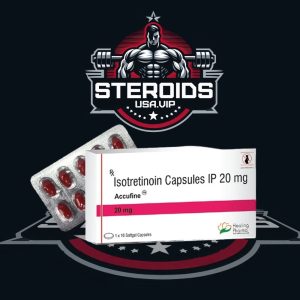
Accufine
$47.30 Add to cart -
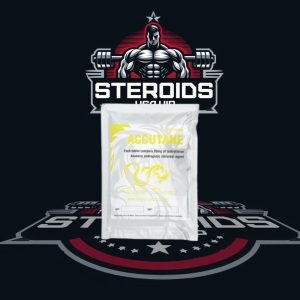
ACCUTANE
$79.20 Add to cart -
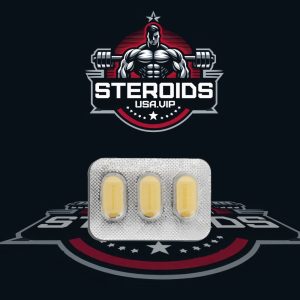
Azab 100
$5.50 Add to cart -
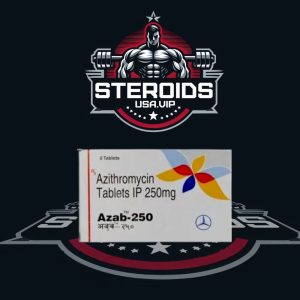
Azab 250
$7.70 Add to cart -
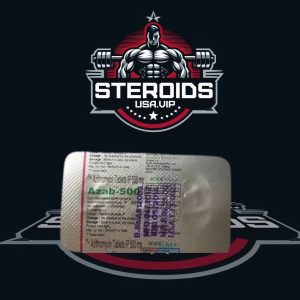
Azab 500
$7.70 Add to cart -
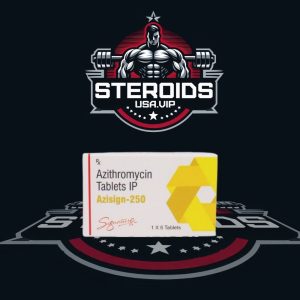
Azisign-250
$9.90 Add to cart -
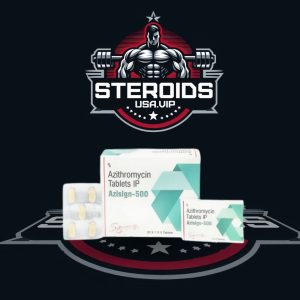
Azisign-500
$11.00 Add to cart -
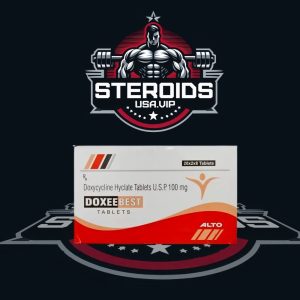
Doxee
$11.00 Add to cart -
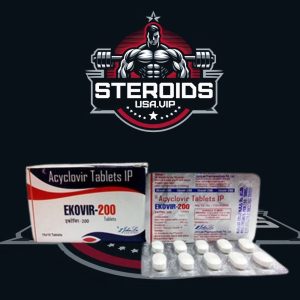
Ekovir 200mg
$19.80 Add to cart -
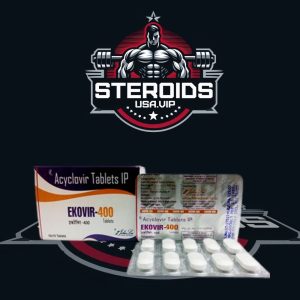
Ekovir 400mg
$4.40 Add to cart -
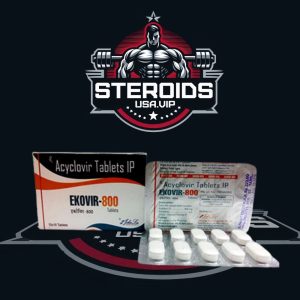
Ekovir 800mg
$5.50 Add to cart -
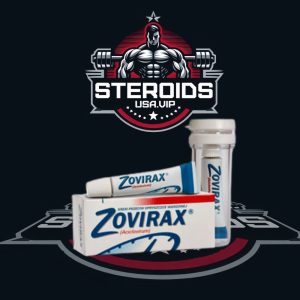
Generic Zovirax
$8.80 Add to cart -
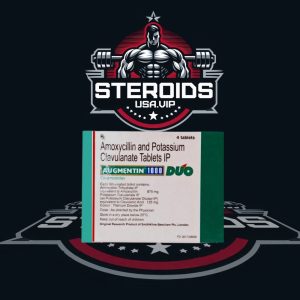
Megamentin 1000
$16.50 Add to cart -
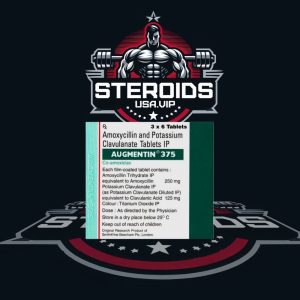
Megamentin 375
$12.10 Add to cart -
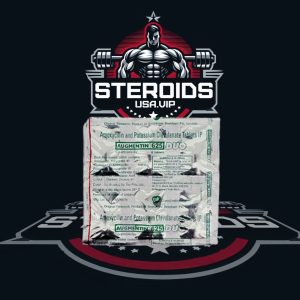
Megamentinc 625
$13.20 Add to cart -
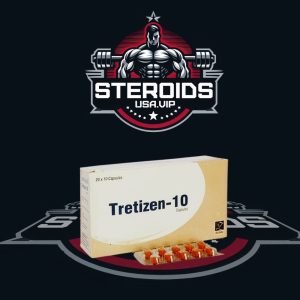
Tretizen 10
$4.90 Add to cart -
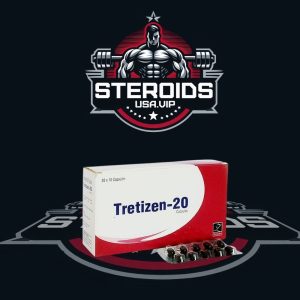
Tretizen 20
$7.10 Add to cart -
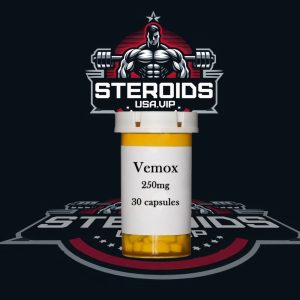
Vemox 250
$9.90 Add to cart -
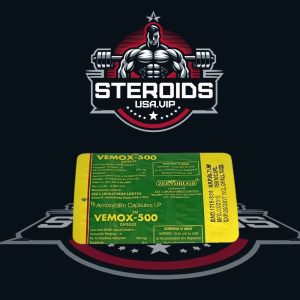
Vemox 500
$17.60 Add to cart
Introduction
The use of anabolic steroids in bodybuilding is well-known for its ability to enhance muscle growth, strength, and performance. However, while steroids can provide impressive results in the gym, they often come with a variety of side effects, many of which affect the skin. Bodybuilders who use steroids may experience acne, oily skin, stretch marks, and other skin-related issues. Understanding these side effects and how to manage or prevent them is crucial for bodybuilders who want to maintain their health and appearance. In this article, we’ll explore the effects of steroids on the skin, the causes of these issues, and how to minimize their impact.
How Steroids Affect the Skin in Bodybuilding
Steroids, particularly anabolic steroids, have a profound effect on the body’s hormonal balance. These hormones can lead to a variety of changes in the skin, primarily due to their influence on the sebaceous glands, collagen production, and the skin’s ability to stretch and heal. Here’s how steroids affect the skin:
- Increased Sebum Production: Steroids stimulate the sebaceous glands, leading to increased production of sebum (oil). This can clog pores and contribute to the development of acne.
- Decreased Skin Elasticity: Prolonged use of steroids can reduce the skin’s ability to produce collagen, making it less elastic and more prone to stretch marks, especially as muscle mass increases.
- Thicker Skin: Steroids can cause skin to become thicker and more rigid, which may increase the likelihood of scarring and other skin issues.
Common Skin Issues Caused by Steroids
Bodybuilders who use anabolic steroids often encounter a range of skin-related side effects. Here are some of the most common issues:
1. Acne
Acne is one of the most prevalent side effects of steroid use. The increase in testosterone and other androgens stimulates the sebaceous glands, leading to excessive oil production. This oil clogs the pores, creating an ideal environment for bacteria to thrive, which results in acne breakouts. In bodybuilders, this type of acne often appears on the face, chest, back, and shoulders.
2. Oily Skin
Due to increased sebum production, steroid users frequently experience oily skin. This is not only uncomfortable but can also contribute to acne breakouts and other skin infections. Managing oily skin can be difficult, as it is often a direct result of the hormonal changes caused by steroids.
3. Stretch Marks (Striae)
Stretch marks are another common issue, particularly for bodybuilders who experience rapid muscle growth. Steroids can enhance muscle hypertrophy, leading to the skin stretching beyond its natural capacity. As a result, red or purple stretch marks, known as striae, can appear on the arms, chest, thighs, and back. Over time, these marks can fade to a silvery-white color but are often permanent without treatment.
4. Thinning Skin
Long-term steroid use can lead to skin thinning, making the skin more fragile and prone to bruising, cuts, and slow healing. This is particularly common with corticosteroids but can also occur with anabolic steroids. Thinner skin can make it more challenging for bodybuilders to maintain a healthy, youthful appearance.
5. Skin Infections
The use of steroids can suppress the immune system, increasing the risk of skin infections. Steroid users who inject anabolic steroids are also at risk of infections at the injection site, including abscesses and cellulitis if proper hygiene is not followed.
How to Prevent and Manage Steroid-Related Skin Issues
While some skin side effects of steroid use are difficult to avoid entirely, there are ways to manage and reduce their impact. Here are some strategies to prevent and treat common skin issues related to steroids:
1. Proper Skincare Routine
Maintaining a regular skincare routine is crucial for bodybuilders who are using steroids. This includes cleansing the skin daily with a mild, non-comedogenic cleanser to remove excess oil and prevent clogged pores. Using oil-free moisturizers and non-comedogenic sunscreens can also help keep the skin healthy without adding to the oiliness.
2. Topical Treatments for Acne
For those dealing with steroid-induced acne, topical treatments containing benzoyl peroxide or salicylic acid can be effective in reducing inflammation and preventing new breakouts. Prescription-strength topical treatments, such as retinoids, may also be necessary for more severe cases.
3. Diet and Hydration
Diet plays a crucial role in skin health. Bodybuilders should consume a diet rich in vitamins, minerals, and antioxidants to support healthy skin. Drinking plenty of water is also important to keep the skin hydrated and help flush out toxins that could contribute to acne or oily skin.
4. Treating Stretch Marks
Stretch marks can be challenging to treat, but there are several options available to reduce their appearance. Over-the-counter creams containing retinoids, hyaluronic acid, or centella asiatica can help improve skin elasticity and reduce the visibility of stretch marks. For more severe cases, laser treatments or microneedling may be recommended.
5. Avoiding Overuse of Steroids
One of the most effective ways to reduce skin-related side effects is to avoid excessive or prolonged steroid use. Bodybuilders should cycle off steroids periodically to give their bodies, including their skin, time to recover. It’s also important to use steroids under medical supervision to minimize side effects and maintain overall health.
Legal Considerations for Steroid Use
In many countries, the non-medical use of anabolic steroids is illegal and can result in legal penalties. For bodybuilders, it’s essential to understand the legal risks associated with steroid use and to consider alternative methods for achieving their fitness goals. If using steroids under medical supervision for hormone replacement therapy (HRT), always follow the prescribed dosage and duration to minimize risks.
Natural Alternatives to Steroids
For bodybuilders concerned about the skin-related side effects of steroids, there are natural alternatives that can help enhance performance and muscle growth without the associated risks. Some popular alternatives include:
- Natural Testosterone Boosters: Supplements like D-aspartic acid, fenugreek, and zinc can help boost natural testosterone levels without the risks of anabolic steroids.
- Peptides: Growth hormone-releasing peptides (GHRPs) and other peptides may promote muscle growth and fat loss with fewer side effects on the skin.
- Creatine: Creatine is a well-researched supplement that helps increase muscle mass and strength without affecting hormone levels or causing skin issues.
- SARMs (Selective Androgen Receptor Modulators): SARMs are compounds that mimic the effects of steroids on muscle tissue but are thought to have fewer androgenic side effects, including those related to the skin.
Conclusion
The use of steroids in bodybuilding can lead to various skin-related side effects, including acne, oily skin, stretch marks, and skin thinning. While these issues can be frustrating, there are ways to manage and prevent them through proper skincare, diet, and medical treatments. It’s essential for bodybuilders to be aware of the potential impact of steroids on their skin and to take proactive steps to protect their skin health. For those who prefer to avoid these risks altogether, natural alternatives to steroids can provide a safer path to achieving muscle growth and performance goals.